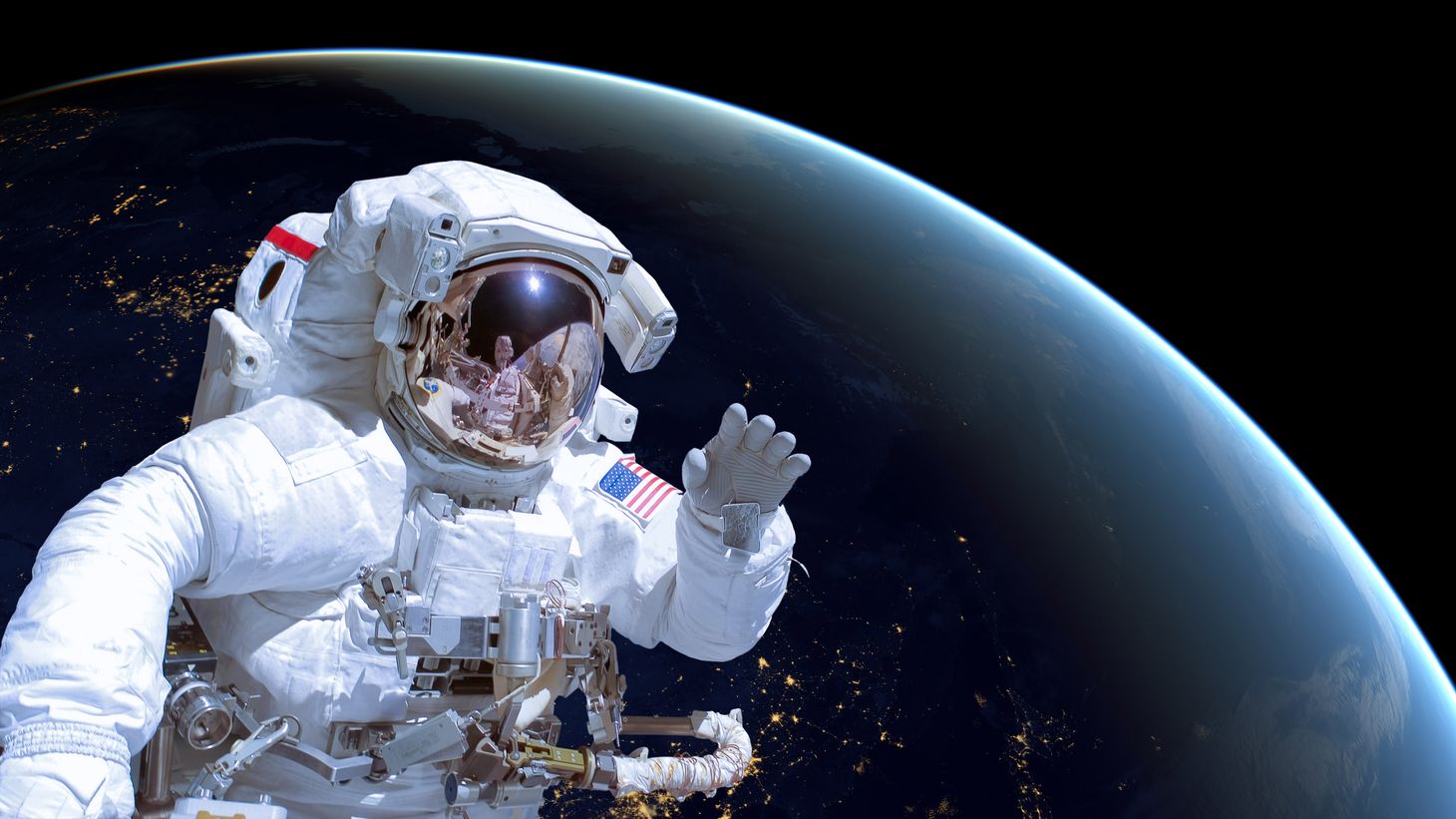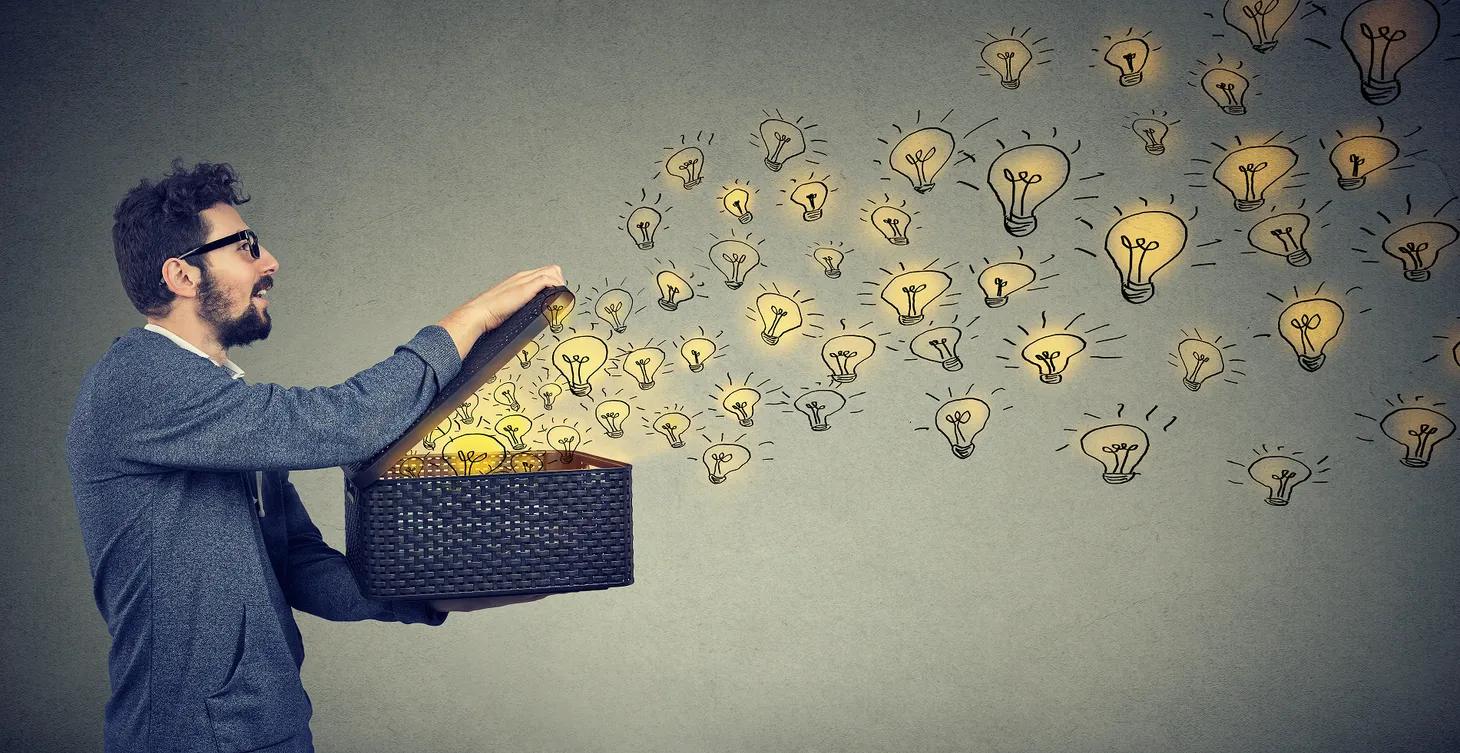How NASA Technology has Turned Into Innovation for Many
Successful governments look to the future. They innovate. They find ways to make things more efficient, both in terms of time and in terms of money. Sometimes they develop incredible products that work better than they could have ever imagined, and used more widely than originally planned for. The p

Change is the law of life. And those who look only to the past or present are certain to miss the future.
President John F. Kennedy
Successful governments look to the future. They innovate. They find ways to make things more efficient, both in terms of time and in terms of money.
Sometimes they develop incredible products that work better than they could have ever imagined, and used more widely than originally planned for. The products are so revolutionary that they realize they have a much wider application than was ever initially intended. When this happens, the products become spinoffs. They are eventually released to the general public. In the past few decades, there have been a number of these spinoffs that the world does not even realize were only NASA projects at first, but that have become worldwide phenomena.
Ventricular Assist Device
When people think of NASA they think of stars and planets and spaceships and satellites. And those are all accurate portrayals of what NASA is involved in, but that is not all NASA does. In fact, some of their most revolutionary discoveries have had practical implications right here on earth.
One such discovery is the Ventricular Assist Device. This device is a pump that helps keep hearts working while patients are awaiting heart transplants. And the issue of waiting for a heart transplant is a very serious one. Currently, about a million people around the world need a heart transplant. Unfortunately, because of a lack of donors, fewer than 3,000 transplants are completed in the United States every year. For critically ill patients waiting on this list, NASA has helped bring a little hope to them, as well as to their family and friends. The VAD, a NASA creation, can be used to pump blood through the body until a donor heart becomes available.
Engineers at the Johnson Space Center were inspired by stories from cardiovascular surgeons at Baylor College of Medicine. So they decided to join forces and create a possible design that would address problems faced by those with congestive heart failure. However, during the design they continued to run into problems with blood flow. And this is where creativity and science merged to rise above challenges and develop true innovation. The engineers called up colleagues in the Advanced Supercomputing Division who had experience with rocket engine fluid flow. And although fluid flow and blood flow are not identical, they are similar enough that the researchers were able to address the problems and come up with a solution that made the VAD possible. Since its commercialization, the VAD has managed to keep more than 150 patients from having heart failure while waiting for a transplant.
Highway Grooving
And while NASA, due to the expertise and experience of their engineers and scientists, has managed to create life-saving solutions for the medical field, they have also created products that have helped prevent harm in other areas. Their safety grooving is just one example.
NASA was frustrated with the risk of aircraft accidents that happened on wet runways, whether it was when the plane was taking off or landing. NASA engineers knew that the problem was traction; they just needed to find a way to increase the traction so that the plane could be more stable on the concrete. The engineers came up with the idea of cutting grooves into the concrete. And so it happened – grooves were made. They helped vehicles take corners with more stability, they reduced vehicle stopping distance, and they decreased skidding. Slowly, the grooves began appearing at commercial airports and then on highways. Eventually, they were even put on sidewalks to assist pedestrians. Currently, the safety grooving is even being used in parking lots, on stairways and steps, and in animal holding pens.
Memory Foam
From life-saving products to safety products, NASA-inspired innovation also has affected comfort-providing products. Decades ago, NASA wanted to provide better crash protection for individuals in planes. They looked into various padding concepts and were not fully satisfied with any of them at the time. So, they decided to develop their own – temper foam.
It managed to provide both comfort and protection while also having high-energy absorption abilities. How was it able to do this? Throughout the contact area of the padding, the weight of a person is distributed evenly. Its shock absorption capabilities could absorb the impact of an adult falling from roughly 10 feet above it. It is also referred to as memory foam technology, and is widely used across multiple industrustries now, ranging from transportation seating to athletic equipment, medical applications and everyday furniture.
Due to its unique properties and innovative design, it was added to the Space Foundation Space Technology Hall of Fame. Additionally, the product quickly spread to the commercial market and can now be found in everything from archery targets and pillows to horseback saddles and animal prostheses. Most notably, NASCAR has been using it in their race cars to provide extra safety for drivers.
Water Purification
Finally, NASA has managed to open up a pathway that could solve a global issue – clean water. A major concern for astronauts is clean drinking water. When astronauts are on the International Space Station, on the moon, or just about anywhere else in space, water is scarce. They have to bring what they need with them. To begin to solve this issue, NASA engineers combined several ultra-filtration processes, ion exchange, and chemical absorption to allow just about any liquid to be turned into safe drinking water. This means that astronauts can reuse wastewater to drink what used to be urine, sweat, or otherwise dirty water.
But while it is wonderful news that astronauts can have access to clean water when they need it, this product has a much wider application. There are millions of people around the world who do not have access to clean drinking water. We don’t think much of this in the United States, as most of the country has sophisticated water treatment facilities. But for those less fortunate in other parts of the world–especially in remote and underdeveloped regions–they can now rely on water sources that are heavily contaminated, without the danger of illness or death.
There are many products that we use in our everyday lives that are results of government spinoffs. They were developed for a specific purpose and ended up not only working well for their intended uses, but having a much wider range of lifesaving utility throughout the world. It’s easy to view our government as being an entity of mostly lawmakers, military forces, and other various institutions. But, remember some significant life-saving products and technological products came from our own governments. Do you have ideas that could change the lives of those around you for the better? Find out how I and my team can help with this.
Phil McKinney Newsletter
Join the newsletter to receive the latest updates in your inbox.




